How To Make Homemade Hair Developer For Bleach & Dye
Don’t have a hair developer or worried about damage from a store-bought one? You can make your own at home using a few readily available ingredients.
First, let me tell you that I won’t be using any vitamin C or the other stuff like lemon juice and vinegar people have used to replicate the hair developer.
People who are not professionals or someone who has yet to dig into the developer’s chemistry need to comprehend its actual role.
The hair developers found in stores contain hydrogen peroxide, which oxidizes your natural hair color and activates the artificial dye.
In this post, I’ll show you how to create homemade hair developers for bleach and dye using simple ingredients.
I’ll share quick “one-off” formulas with household items you can whip up in a pinch. But I’ll also reveal how to make a salon-quality, stable cream developer with specific ingredients.
Whether you’re an occasional DIY’er or a hair color addict, you’ll learn to formulate developers in low 10 volume up to maximum lifting 40 volume.
What Does a Store-Bought Hair Developer Contain?
A store-bought hair developer may contain 6-8 Ingredients, each having a specific role. However, you will need only 2-3 of these ingredients to make your homemade developer for one or two-time use.
Let’s first see through the commercial scale developer constituents and their function.
Please bear some chemistry with me!
1. Hydrogen peroxide
It is the main active ingredient in hair developers. It acts as an oxidizing agent for the melanin in your hair strands. It also activates the dye molecules (they increase in size to become entrapped in the hair shaft).
It’s worth noting that higher volumes of hydrogen peroxide cause a more significant lift in hair color, but this can come at the expense of damage to the hair.
When you don’t have a professional hair developer, what can you use instead? Diluting hydrogen peroxide to 3%, 6%, 9%, and 12% with distilled water can produce results of each 10, 20, 30, and 40-volume developer for hair bleach and dye.
However, one should know all the safety parameters of diluting hydrogen peroxide. You can do a strand test using your homemade developer to see whether it gets you ideal results.
Later in this article, I explained how you can dilute a specific hydrogen peroxide concentration.
2. Thickeners
You’ve likely come across or worked with two types of developers: cream and liquid. A cream developer has a lotion-like texture, reducing drips during hair color applications. Liquid developer, water-like, offers precise salon control.
A developer has thickening agents like Cetearyl alcohol, a blend of cetyl and stearyl alcohols, to create a cream-like consistency.
While making a homemade hair developer, you may not need or wish to add these chemicals.
So, you can use a liquid developer to activate your hair dye or mix it with bleach to lift the hair color.
3. Stabilizers
In hair developers, stabilizers such as stannate and phosphates are utilized to maintain the stability of hydrogen peroxide.
It is how to slow down peroxide breakdown and manage oxygen release, resulting in controlled and efficient hair coloring or lightening.
4. pH adjusters
The pH of developers is typically lowered to around 3-4 using citric acid or other acids to stabilize the peroxide.
5. Conditioners
The peroxide in developers can dry out your hair. Such ingredients as fatty alcohols, phospholipids, and polymers act as conditioners to prevent damage. These smooth the hair cuticle and add slip.
You could add a small amount of oils like argan or coconut to your homemade developer – their fatty acids may offset oxidation.
But oils can destabilize the formula, so traditional conditioners are likely the safer choice for adding moisture while the developer does its job.
6. Fragrance
Some brands add a subtle fragrance to mask the odor of peroxide and give the developer a pleasant smell. Again! It is optional.
7. Preservatives
Preservatives are added for long-term usage hair developers, especially those with cream consistency, to prevent microbial growth.
However, as the hydrogen peroxide inhibits microbial growth, you will not need to add any preservative to the liquid developer, especially the one intended for one or two-time use.
How To Make a Hair Developer at Home?
Until now, our discussion has been on a store-bought hair developer and its ingredient. We are now clear that hydrogen peroxide is the sole ingredient in the whole formulation, responsible for lifting your hair color or activating the dye.
So, when making your homemade developer, hydrogen peroxide is a must-have; other components are optional as long as you intend to use the developer once or twice.
Further down, I’ve explained how you can make different volume developers at home. You’ll use hydrogen peroxide as the base and can add things like conditioner or glycerin to adjust the strength and texture.
If you already have a higher volume developer at home, you can dilute it to a lower volume, like going down from 40 to 30 volume developer.
The goal is a homemade developer with hydrogen peroxide that lifts and activates hair dye like the store-bought kind.
To make each 10, 20, 30, and 40 volume developer, you must have at least 20% hydrogen peroxide.
1. How to make a 10 Volume Developer (3% hydrogen peroxide)
The very first step of you making a 10-volume developer would be to determine how much you want to make. Let’s assume you want 20 ml of it.
If you have 20% hydrogen peroxide, how much of it will you take and mix in how much water and conditioner?
Let’s break it down!
We are making 20 ml of the 10-volume developer using 20% hydrogen peroxide:
| Developer | H2O2 | Glycerin | Conditioner | Distilled water |
|---|---|---|---|---|
| 10 volume (3%) | 3 ml | 0.4 ml | 0.2 ml | 16.4 ml |
If you want to make a pure liquid base developer, skip the glycerin and conditioner and add 17 ml of distilled water into 3 ml of hydrogen peroxide.
A 10-volume developer usually does not lift hair color or, in some cases, changes hair shade to just one level. It is most commonly used to activate a hair dye.
2. 20 Volume Developer (6% hydrogen peroxide)
We are making 20 ml of the 20-volume developer using 20% hydrogen peroxide as a stock solution:
A stock solution is a concentrated form of hydrogen peroxide, which is 20%.
| Developer | H2O2 | Glycerin | Conditioner | Distilled water |
|---|---|---|---|---|
| 20 volume (6%) | 6 ml | 0.8 ml | 0.4 ml | 12.8 ml |
If you need to lift your hair color to 1-2 levels, a hairstylist will employ a 20-volume developer to mix with the bleach powder.
3. A 30 Volume Developer (9% hydrogen peroxide)
Like the other two concentrations of the hair developer we formulated above, 20 ml of a 30-volume developer from 20% of the hydrogen peroxide as a stock solution will follow the same steps.
| Developer | H2O2 | Glycerin | Conditioner | Distilled water |
|---|---|---|---|---|
| 30 volume (9%) | 9 ml | 1.2 ml | 0.6 ml | 9.2 ml |
30 Volume developer, which contains 9% hydrogen peroxide, lifts hair color to 2-3 or, in some cases, four levels.
4. What Goes into Making a 40 volume Developer
A 40-volume developer is the most potent. It would be best not to use or make it at home.
When making its 20 ml, you will need to mix the ingredients in the following concentrations.
| Developer | H2O2 | Glycerin | Conditioner | Distilled water |
|---|---|---|---|---|
| 40 volume (12%) | 12 ml | 1.6 ml | 0.8 ml | 5.6 ml |
How to Ensure The Safety and Ideal Results for a Homemade Developer
Doing a strand test before using a hair developer made by any reputable brand or yourself at home can save you from distress and unwanted results.
By performing a strand test, you can see how your homemade developer interacts with your hair’s unique composition, taking note of color lift and possible reactions.
The strand test will show whether the developer is too strong, resulting in excessive damage, or if it yields desired color intensity.
Furthermore, this method helps you identify potential allergic reactions or scalp irritations, allowing you to prevent any adverse effects before applying the developer to your entire head.
Should You Make a Hair Developer at Home?
If you are not a chemist or a professional, I recommend not making a hair developer at home for long-term use.
The commercially available products are strictly tested for safety and optimum results. They will always be better suiting than your homemade hair developer.
However, if you have the available ingredients at home, you can employ them to make the hair developer for one-time use.
Or, if you have a higher-strength developer or two with different concentrations, you can take help from this article to dilute or mix them.
Conclusion
In brief, if you’re not a chemist or a professional, it’s better to avoid making hair developers at home for long-term use. Commercial products are tested for safety and offer better outcomes. However, if you have the ingredients at home, you can create a developer for one-time use. Remember, making informed choices prioritizes safety and produces vibrant, healthy hair changes without risk.
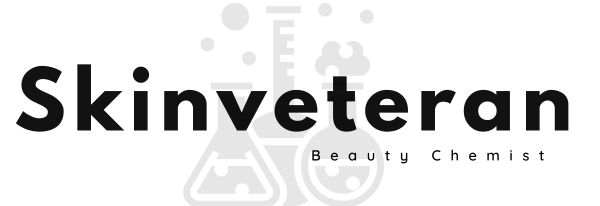
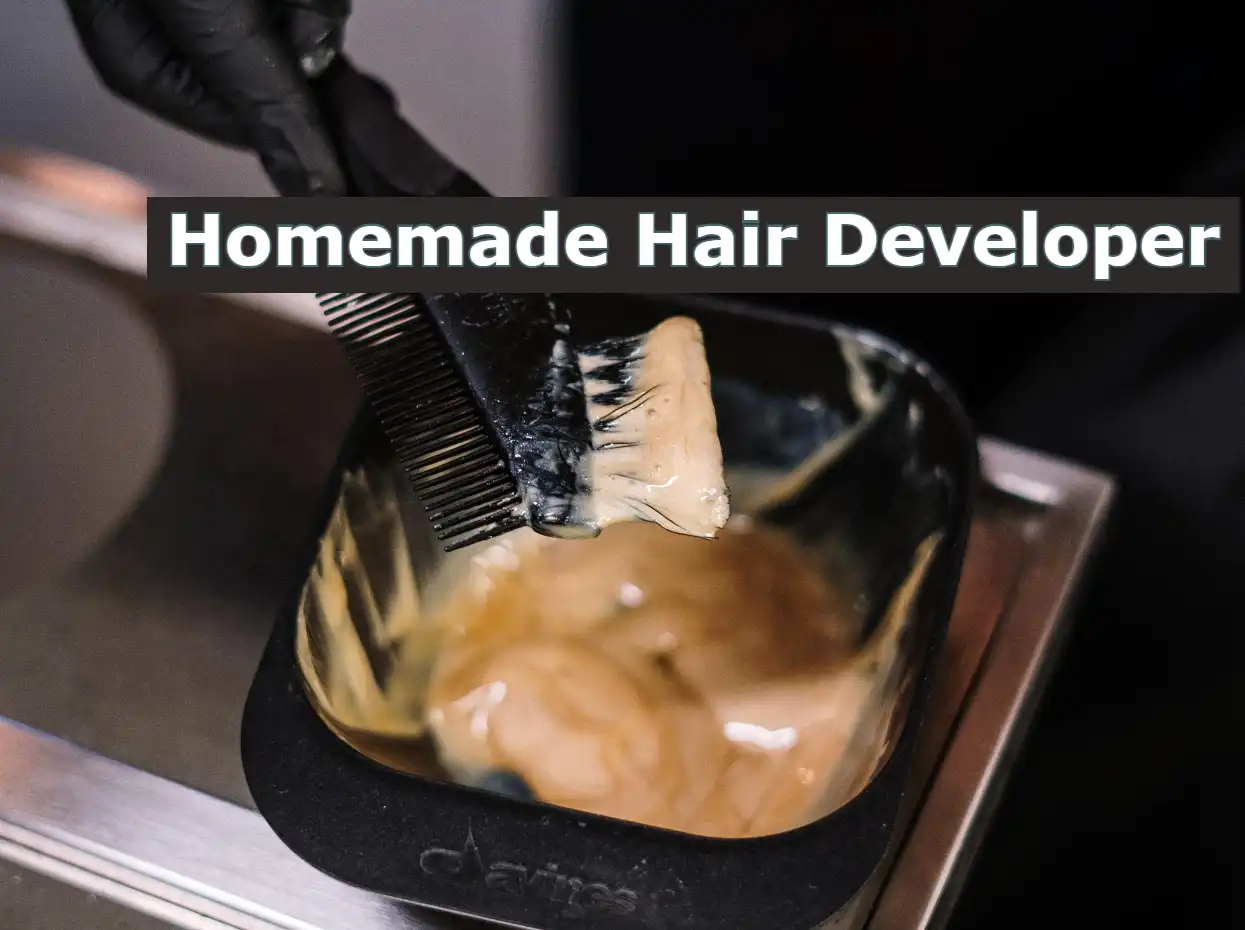

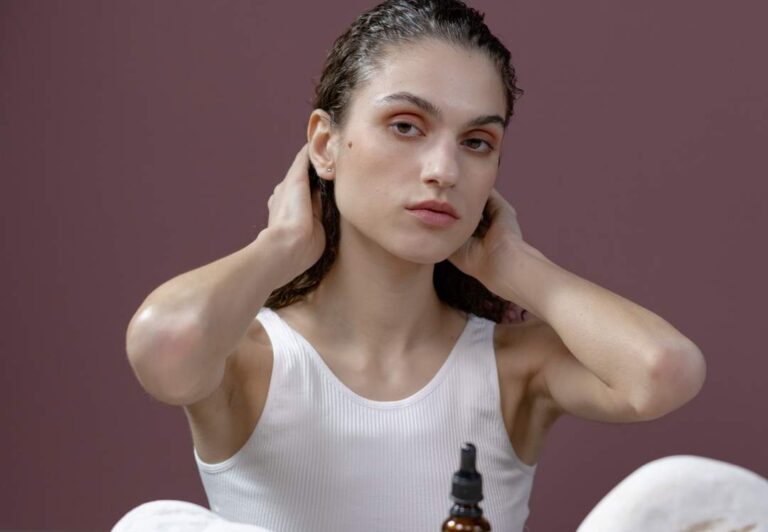

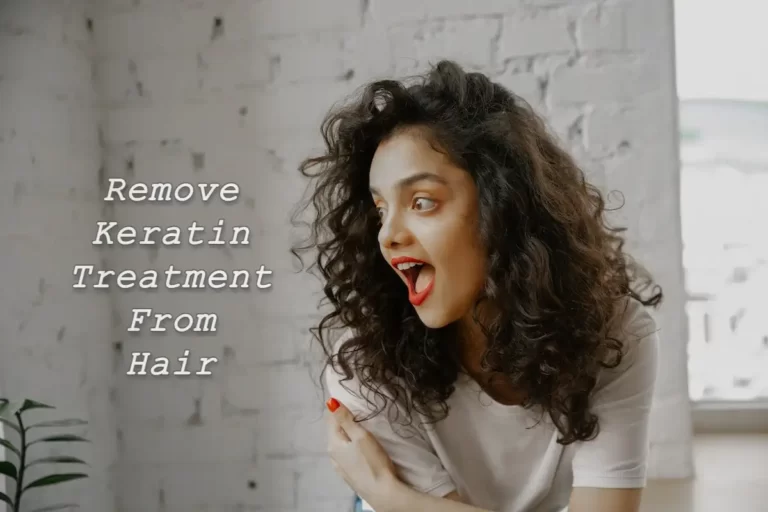
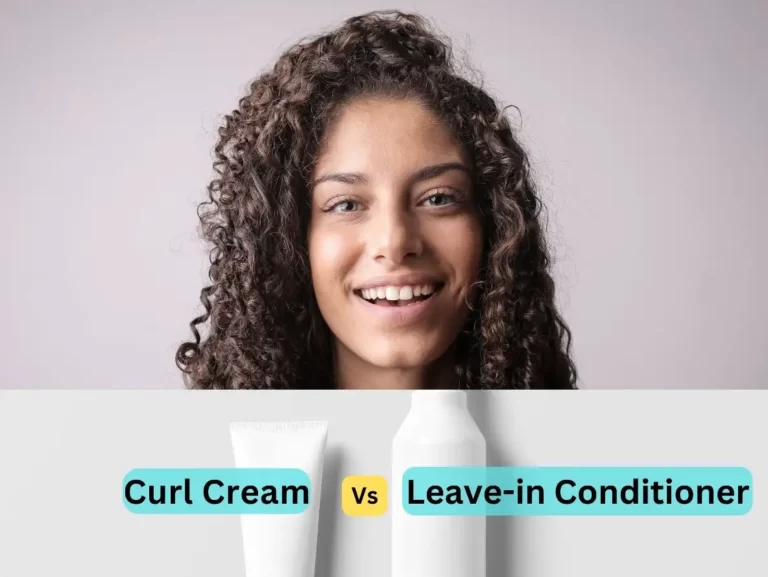
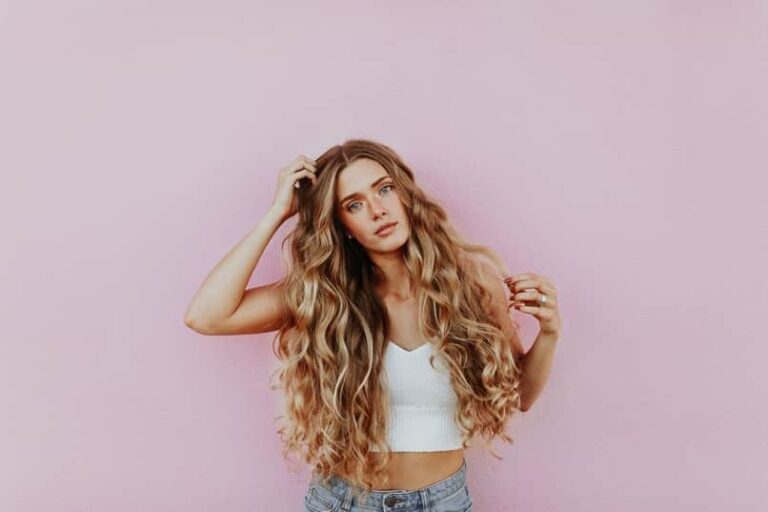
You explained it well. Can we just use hydrogen peroxide as a developer?
Does this formulation really work?
Absolutely, if you need the developer for one time use, just dilute hydrogen peroxide to the required concentration (3%, 6%, 9%, 12%) and use it instead. It would be safer if you do a strand test by mixing small quantity of bleach or dye with diluted hydrogen peroxide and use it on the selected hair portion.